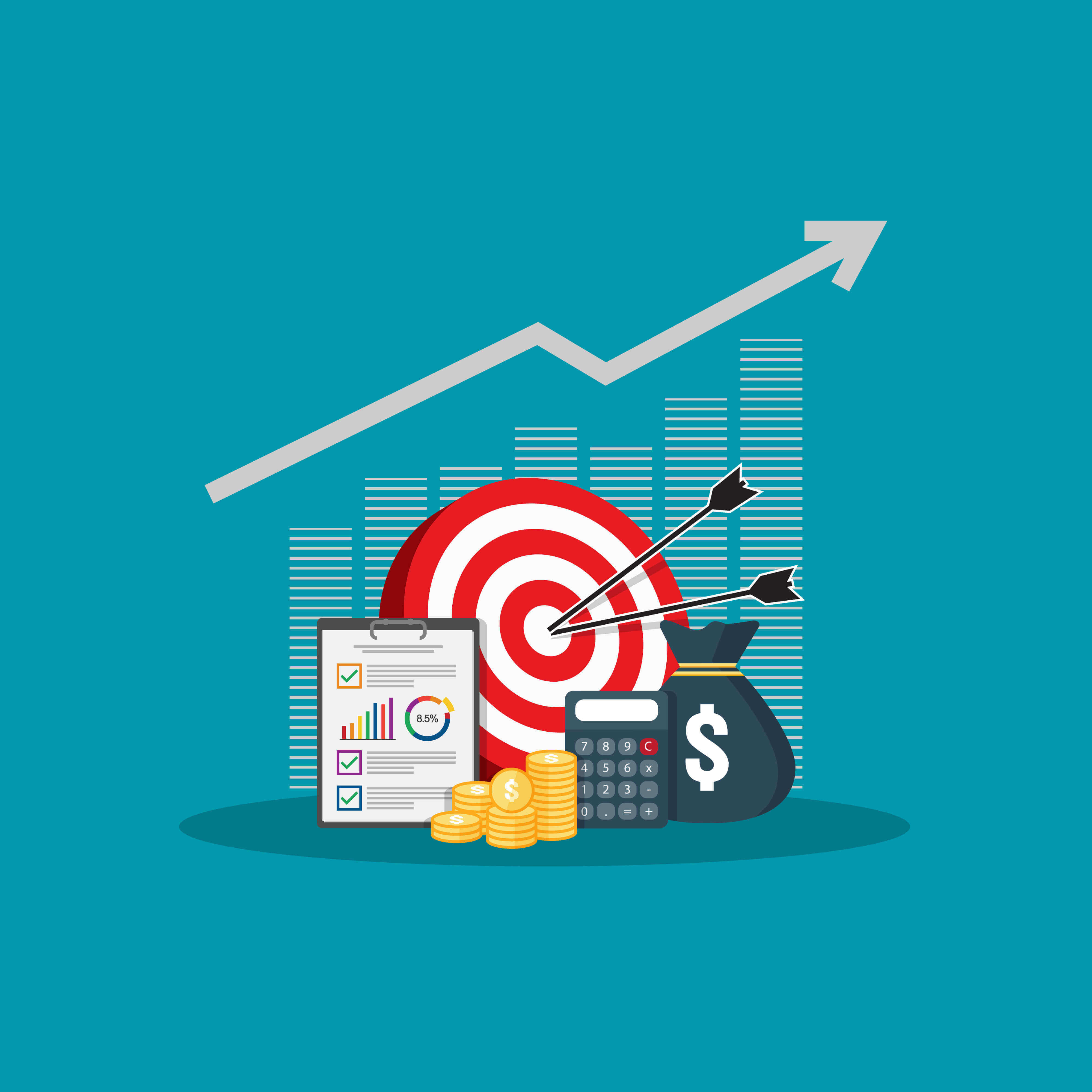What is ROI or Return On Investment

When you decide to launch a marketing campaign in order to promote your products or services, you will probably spend a good part of your money in developing this type of activities. Of course, it is a must to know what is ROI to get a broader view of how you are investing your money and how this will affect your future actions. Let’s discover ROI in the new Coco Solution’s SEO Dictionary.
Digital marketing has brought a series of hitherto unknown metrics that allow to receive with great precision the effectiveness and efficiency of your investments. Therefore, one of the most important indicators is ROI (Return on Investment). With this, you will discover how much money the company is going to receive or how much is going to lose.
What is ROI?
ROI measures the gain or loss generated on an investment relative to the amount of money invested. This indicator is usually expressed as a percentage and is typically used for personal financial decisions, to compare a company's profitability or to compare the efficiency of different investments that can include social media tools, ads made through SEM, etc.
In business, it's most often used to determine the effectiveness of marketing, although that's not the only area you can measure ROI. Other business investments, such as equipment and services should have a favorable ROI. When it comes to ROI, your goal is to have maximum return for minimal investment. You want to get more back than what you put in.

What is ROI used for?
The goal is to have a high ROI. It is usually represented as a ratio and obtained by dividing the gain earned from the investment by the investment amount. There are several versions of the ROI formula. The two most commonly used are shown below:
- ROI = Investment Gain / Investment Base
- ROI = Net Income / Cost of Investment
You should measure ROI on all your marketing efforts so you can be sure to spend your time and money on activities that generate the best results. However, you should consider ROI or benefits of any expense you have. How much will a new, faster computer contribute to your business? Does the money you spend on a virtual assistant lead to your ability to earn more than if you didn't have her?
Further, while ROI is generally attached to financial investment, it doesn't hurt to consider time as an investment. If you're making €2,000 per month, but working 40 hours a week on your business (240 hours a month), your ROI is €12.50. Therefore, for every hour you're working, you're earning €12.50.
ROI is one of the most used profitability ratios because of its flexibility. That being said, one of the downsides of the ROI calculation is that it can be manipulated, so results may vary between users. When using ROI to compare investments, it's important to use the same inputs to get an accurate comparison.
Bottom line
In short, with the ROI you can determine the return on invested capital based on the company figures that are available to you. Keep in mind that the profitability of future investment projects cannot always be reliably determined using the ROI.







